How Can PEMF (Pulse Electromagnetic Field), Near Infrared Light, Acupuncture, Reflexology and Massage Therapies help the Lymphatic System?
In this article we will cover the following:
- What is the lymphatic system?
- Why is the lymphatic system important to your health?
- What potential conditions or disorders can affect your lymphatic system?
- What forms of Therapies we offer that helps the lymphatic system?
Before we share with you how those forms of therapies can help you, let’s talk about the Lymphatic System!
1. What is the lymphatic system?
The lymphatic system is a network of tissues, vessels and organs that work together to move a colorless, watery fluid called Lymph. It is an open system; one-way drain that collects and transports interstitial fluid (lymph) towards the circulatory system. All this is possible thanks to the lymphatic capillaries which by osmosis, rebalance the relationship of fluids in the body.
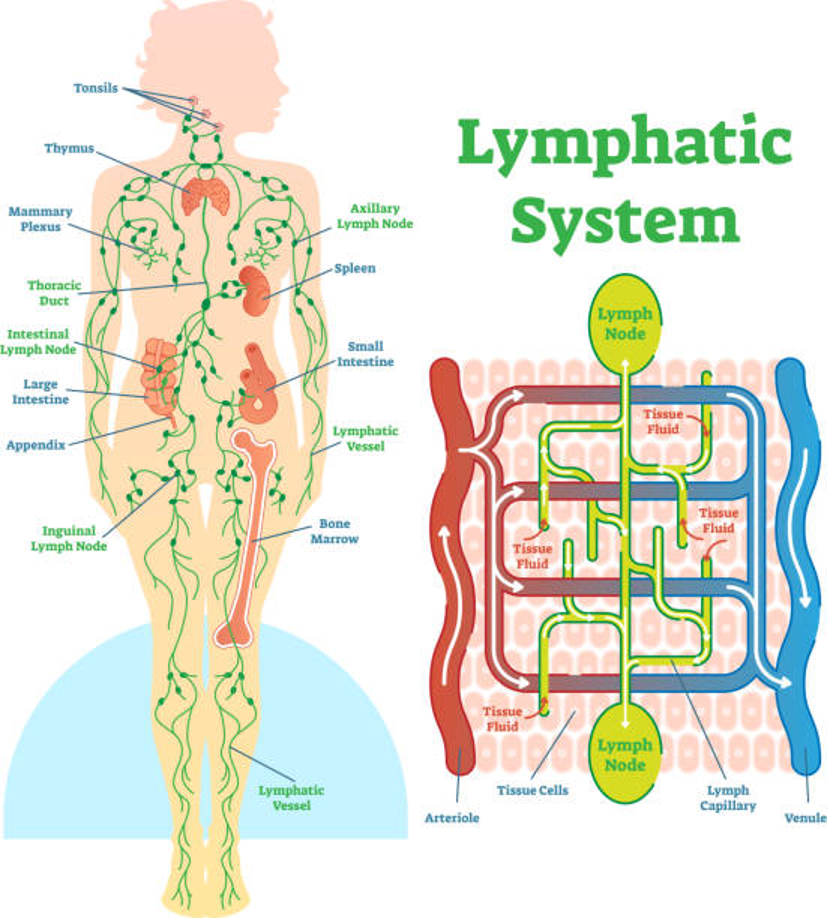
Lymph: Also called lymphatic fluid, is a collection of the extra fluid that drains from cells and tissues (that is not absorbed into the capillaries) plus other substances. The other substances include proteins, minerals, fats, nutrients, damaged cells, cancer cells, and foreign invaders (bacteria, viruses, etc.).
Lymph also transports infection-fighting white blood cells (lymphocytes).
- The lymph transports antigen-presenting cells, such as dendritic cells, to the lymph nodes where an immune response is stimulated.
- Monitoring the auto immune response – Self and Non-self.
Blockages, diseases, or infections can affect your lymphatic system’s ability to do its work.
What’s important to know is that the lymphatic system does not have a pump like the cardiovascular system, so it all depends on muscles moving to pump the system. Water to move it out, avoiding toxins and chemicals and digesting the right nutrients for the body to absorb.
It’s all about FLUID MOVEMENT & FLOW!
In a nutshell, the lymphatic system is a drainage system that removes excess fluid from the body tissues and returns it to the bloodstream for your liver and kidneys to process and flush out. It is a sub-system of both the circulatory system and the immune system.
The major purpose of the circulatory system is to bring oxygen and nutrients to body tissues and remove waste. The exchange happens in the smallest blood vessels called capillaries. Blood plasma containing nutrients moves out of capillaries at the arterial end of capillary beds, while tissue fluid containing waste reabsorbs back in the venous end.
However not all the fluids are drawn back to the blood stream at this point. About 15 to 20 percent is left in the tissues and would cause swelling if accumulated. This is where the lymphatic system comes into play, it picks up the excess fluid and returns it to the circulatory system.
Unlike the blood circulatory system, which is a closed loop, the lymphatic system is a one-directional, open-ended network of vessels.
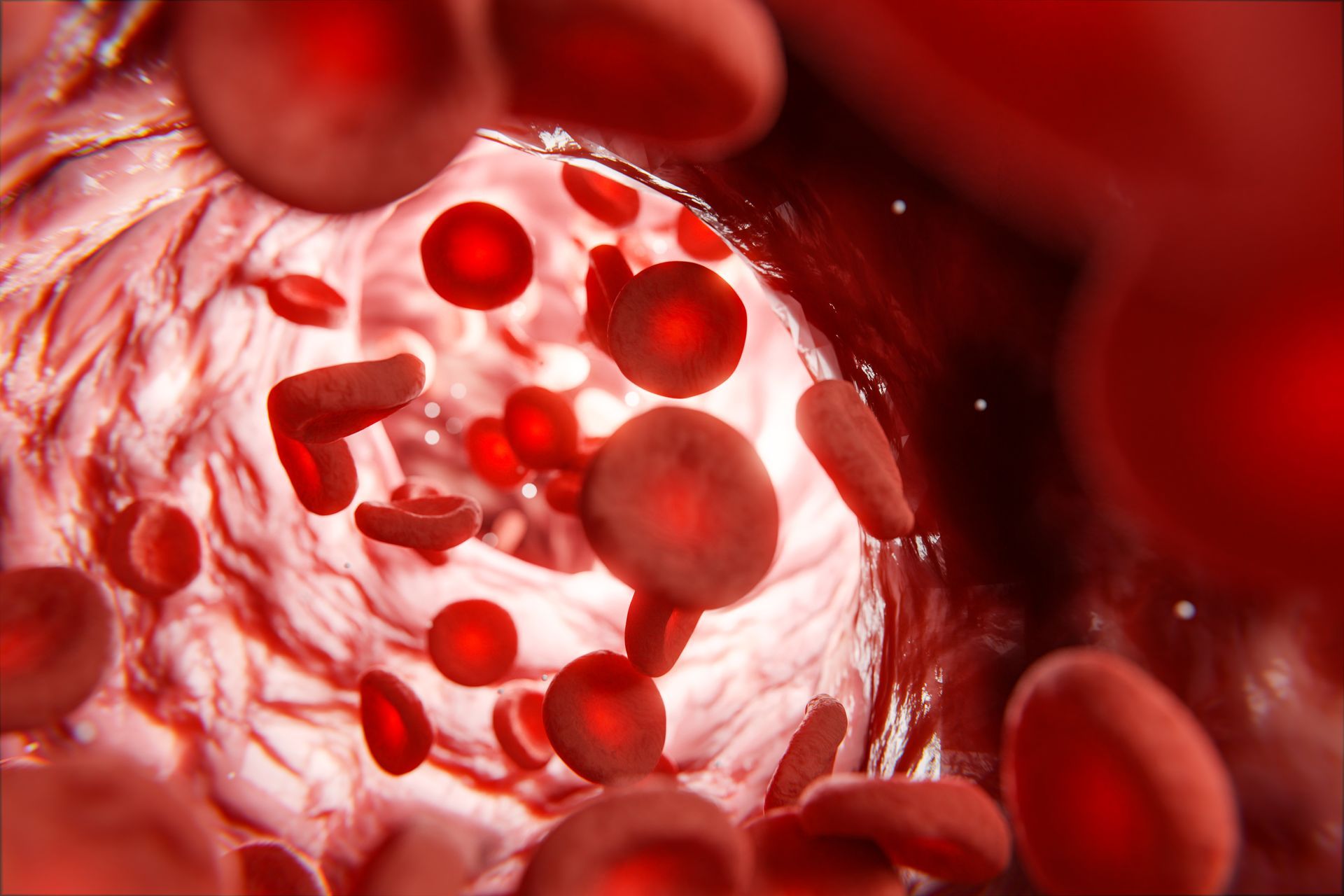
Lymphatic vessels begin as lymphatic capillaries made of overlapping endothelial cells. The overlapping flaps function as a one-way valve. When fluid accumulates in the tissue, interstitial pressure increases pushing the flaps inward, opening the gaps between cells, allowing fluid to flow in. As pressure inside the capillaries increases, the endothelial cells are pressed outward, closing the gaps, thus preventing backflow. Unlike blood capillaries, gaps in lymphatic capillaries allow cells such as macrophages, and other large particles to enter.
This makes the lymphatic system a useful way for large particles to reach the bloodstream. It is used for example, for dietary fat absorption in the intestine. Once in the lymphatic vessels, the recovered fluid is called lymph.
Lymph flow is enabled by the same forces that facilitate blood flow in the veins. It goes from lymphatic capillaries to larger and larger lymphatics vessels and eventually drains into the bloodstream via the subclavian veins. On the way it passes through several lymph nodes, which serve as filters, cleansing the fluid before it reaches the bloodstream.
Lymph nodes are small bean shaped structures scattered throughout the lymphatic network.
Lymph nodes contain macrophages (Macrophages are a type of white blood cell of the innate immune system that engulf and digest pathogens, such as cancer cells, microbes, cellular debris, and foreign substances, which do not have proteins that are specific to healthy body cells on their surface) and dendritic cells (A special type of cell that is a key regulator of the immune system, acting as a professional antigen-presenting cell (APC) capable of activating naïve T cells and stimulating the growth and differentiation of B cells. Dendritic cells are found, for example, in the lymph nodes and spleen.
Those cells directly “swallow-up” any pathogens, such as bacteria or viruses, that may have been taken up from an infected tissue. The nodes also contain lymphocytes: T-cells and B-cells, which are involved in adaptive immune system response, a process that produces activated lymphocytes and antibodies specific to the invading pathogen. These are then carried by the lymph to the bloodstream to be distributed whenever they are needed.
You have about 600 lymph nodes scattered throughout your body. Some exists as a single node; others are closely connected groups called chains. A few of the more familiar locations are in your arm pit, groin, and neck. Lymph nodes are connected to others by lymphatic vessels.
Lymphatic vessels are the network of capillaries and a large network of tubes located throughout your body, transport lymph away from tissues. The lymphatic vessels collect and filters lymph (at the nodes) as it continues to move toward larger vessels called collecting ducts. The vessels operate very much like your veins do. They work under very low pressure, have a series of valves in them to keep the fluid moving in one direction.
Collecting ducts, the lymphatic vessels empty the lymph into the right lymphatic duct and left lymphatic duct (also called the thoracic duct). These ducts connect the subclavian vein, which returns lymph to the bloodstream. The subclavian vein runs below your collarbone.
Fluid Movement
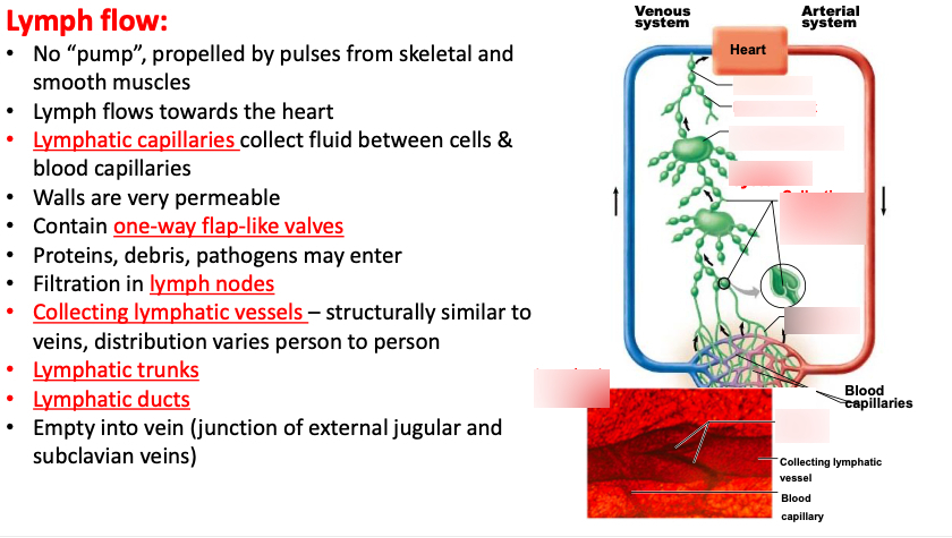
Some 20 litres of plasma flow through your body’s arteries and smaller arteriole blood vessels and capillaries every day. After delivering nutrients to the body’s cells and tissues and receiving their waste products about 17 litres are returned to the circulation by way of veins.
The remaining 3 litres seep through the capillaries and into your body’s tissues. The lymphatic system collects this excess fluid, now called lymph, from tissue on your body and moves it along until it’s ultimately returned to your bloodstream.
Why is that so important, returning the lymph to the bloodstream helps to maintain normal blood volume and pressure. It also prevents the excess buildup of fluid around the tissues (called edema).
Why is that so important, returning the lymph to the bloodstream helps to maintain normal blood volume and pressure. It also prevents the excess buildup of fluid around the tissues (called edema).
The Lymphatic System also includes lymphoid organs. Primary lymphoid organs are the Thymus and Bone Marrow, and they are the sites of lymphocyte production, maturation, and selection.
Selection: Process in which lymphocytes learn to distinguish between self and non-self so they can recognize and destroy pathogens without attacking the body’s own cells.
Secondary lymphoid organs are the lymph nodes, spleen, lymphoid nodules. Mature lymphocytes then leave the primary organs to the secondary lymphoid organs, where they encounter pathogens and become activated. Video/Source: Patreon.com/alilamedicalmedia/posts.
The largest lymphatic organ is the Spleen, located on the left side under your ribs and above your stomach. The spleen filters and stores blood and produces white blood cells that fight infection or disease. It has a huge tie in with the immune system.
Thymus, this organ is in the upper chest beneath the breastbone. It matures a specific type of white blood cell that fights off foreign organisms.
Tonsils and Adenoid, these lymphoid organs trap pathogens from the food you eat and the air you breathe. They are your body’s first line of defense against foreign invaders.
Bone Marrow this is the soft, spongy tissue in the centre of certain bones, such as the hip bone and breastbone. White blood cells, red blood cells, platelets are made in the bone marrow.
Peyer’s Patches, these are small masses of lymphatic tissue in the mucous membrane that lines your small intestine. These lymphoid cells monitor and destroy bacteria in the intestines. However, Peyer’s Patches keep the intestinal flora at appropriate levels and the pathogens at bay, thereby preventing many infections. More specifically they are in the ileum.
Appendix contains lymphoid tissue that can destroy bacteria before it reaches the intestine wall during absorption. Scientists also believe that the appendix plays a role in housing “good bacteria” and repopulating our gut with good bacteria after an infection is cleared.
2. Why is the lymphatic system important to your health?
Your lymphatic system is part of your immune system and plays many functions. Primarily, includes:
- Protecting your body from foreign invaders
- Maintaining body fluid levels.
- Absorbing digestive tracts fats
- Removing cellular waste
- It transports white blood cells to and from the lymph nodes into the bones
3. What potential conditions or disorders can affect your lymphatic system?
Many conditions can affect the vessels, glands, and organs that make up the lymphatic system. Some happens during development before or during childhood. Others develop because of disease or injury.
- Lymphadenopathy: Enlarged (swollen) lymph nodes, caused by infection, inflammation, or cancer.
- Infection like strep throat, mono, HIV, infected skin wounds.
- Lymphadenitis is a form of Lymphadenopathy caused by infection or inflammation.
- Lymphedema: Swelling or accumulation of lymph fluid.
- Result from blockage in the lymphatic system caused by scar tissue from damaged lymph vessels or nodes.
- Also seen when lymph nodes are removed (surgery or radiation to remove cancer). Mostly seen in arms and legs. Can be mild, or quite painful, disfiguring and disabling.
- Serious risk of life-threatening skin infections.
- Cancer: Lymphoma of the lymph nodes occurs when lymphocytes grow and multiply uncontrollably.
- Hodgkin’s or Non-Hodgkin’s. Cancerous tumors can also block lymphatic ducts be near lymph nodes and prevent flow.
What preventive measures can you take?
- Follow a healthy diet, eating a balanced diet with fruits and vegetables, proteins.
- Regular exercise, the lymphatic system needs to be pumped, and ensure you have proper flow and minimize risk of blockages.
- Stretching
- Hydration, if your body is not hydrated, the fluids can not flow properly.
- Dry brushing
- Avoid chemicals, plastic, pesticides and electrosmog.
4. How can we help? What form of alternative medicine therapies can support your lymphatic system?
The lymphatic flow: The lymphatic system relies on the contraction and movement to facilitate the flow of lymph fluid to properly function.
All the following therapies are safe, gentle, and non-invasive:
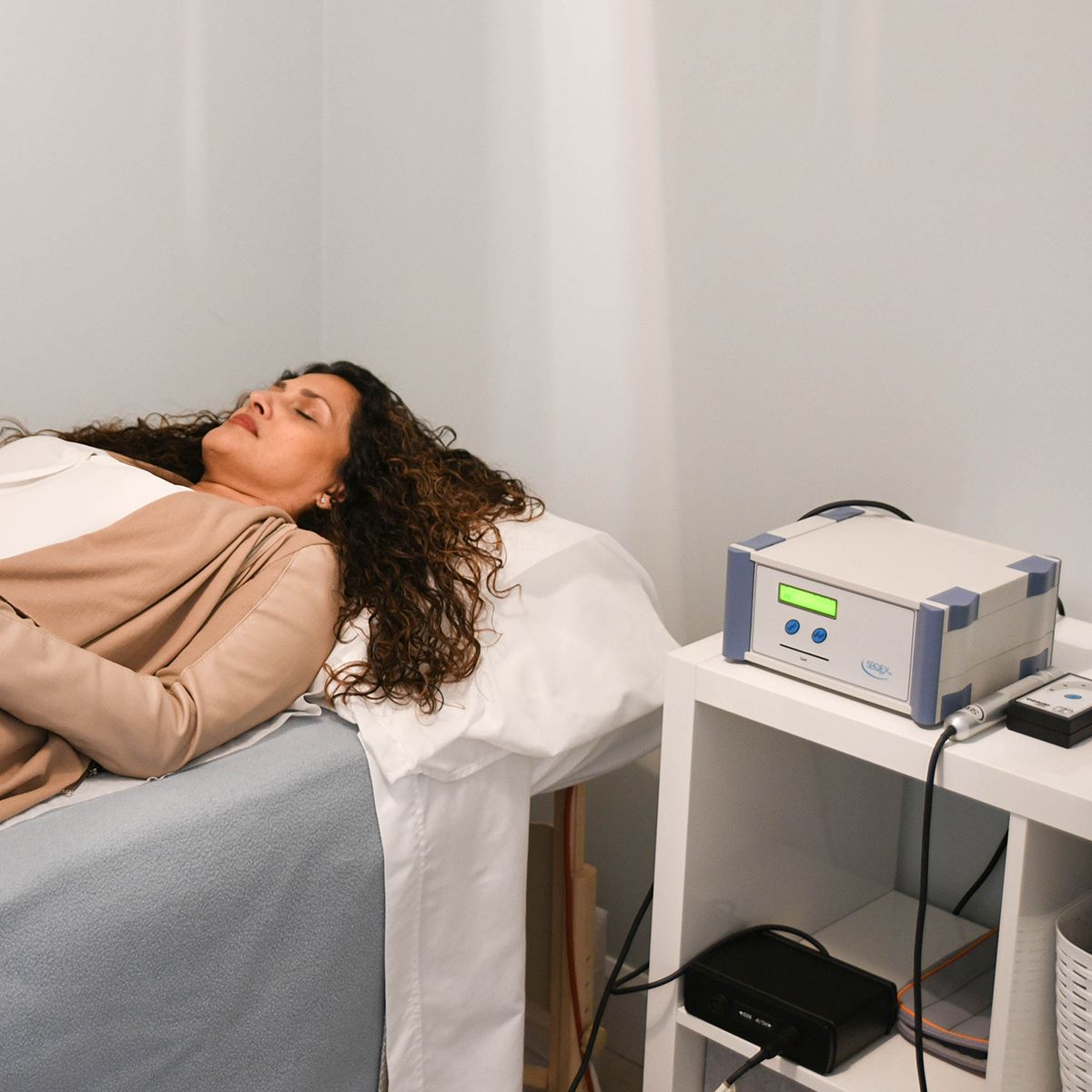
Seqex ICR® PEMF Therapy
(Pulse Electromagnetic Fields)
- PEMF helps stimulate muscle contraction.
- Detoxification, the lymphatic system is responsible for detoxification of the body. Eliminating toxic metabolic waste and toxins. PEMF can assist by promoting circulation and potentially enhancing the lymphatic system’s ability to eliminate waste products, we have specific programs like LYM (for Lymph) and MIC (for micro-circulation) that focuses on promoting greater movement and flow of the lymphatic system and the circulatory system.
- ICR® (Ion Cyclotron Resonance), emulate this physics phenomenon and spin the cells for more permeability. Which could help enhance the lymphatic flow and removal of waste products, toxins in the body.
- Inflammation and Immune Response. The lymphatic system plays a crucial role in the body’s immune response by carrying immune cells and removing cellular debris and pathogens.
Seqex ICR PEMF, has an anti-inflammatory effect and may modulate the immune response. Reducing inflammation support the proper functioning of the lymphatic system. (Using a specific program such as ANI – Anti-inflammatory program).
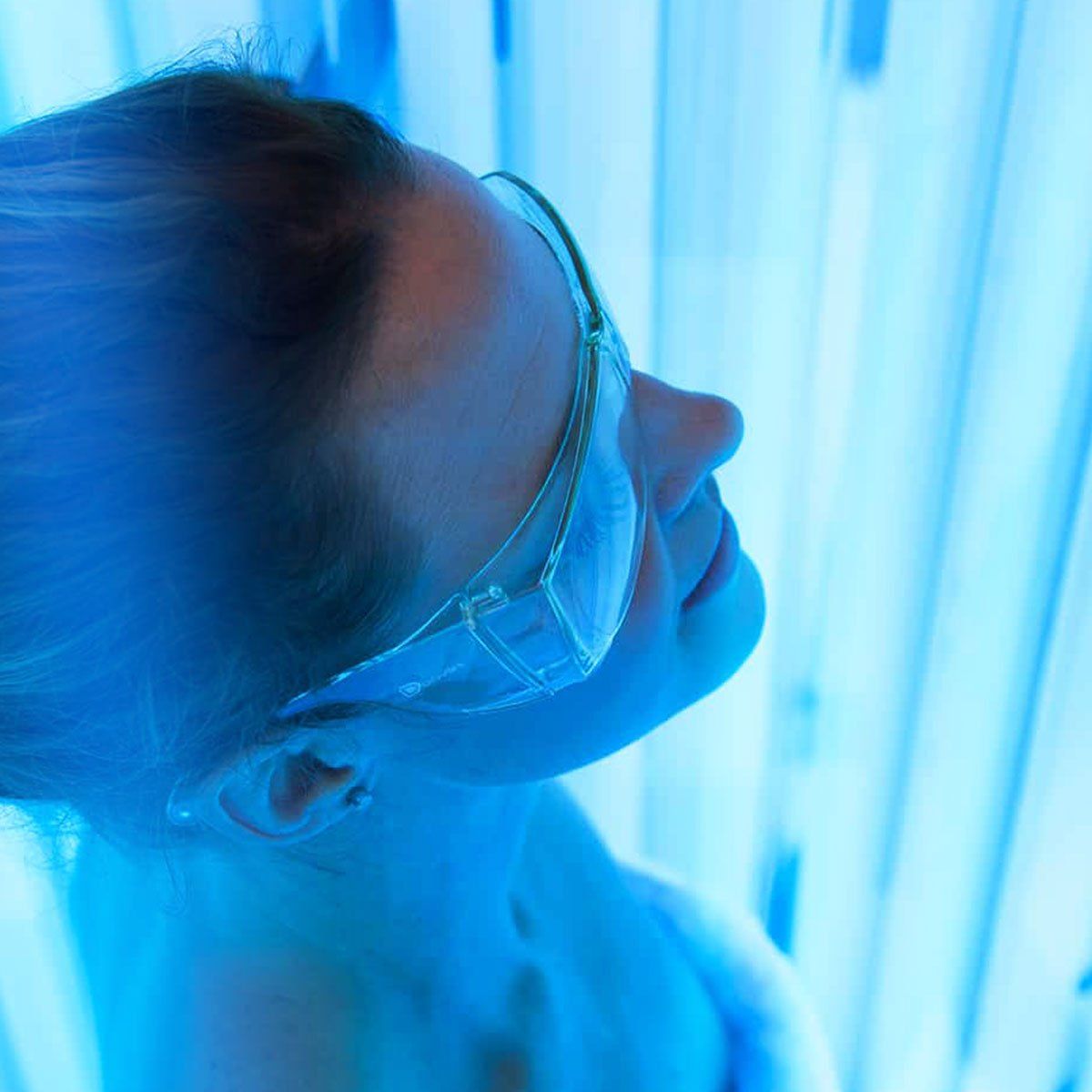
NIR Light Therapy (Plasma light)
- Can help with Lymphedema, reducing the pain, swelling and restore range of motion (mobility), and even help restore healthy lymphatic system functioning.
- 600 to 1200 Nanometers, each wavelength has different absorption capabilities into the body. The higher the wavelength, the greater penetration and absorption.
- Scientists have concluded that the most beneficial wavelengths for human health are red and near-infrared (NIR) light. Red light ranges from 630nm to 660nm, and NIR light ranges from 810nm to 850nm.
- Longer NIR wavelengths absorb deeper into the underlying tissues, including connective tissue and even bone.
- The most notable effect of near infrared light therapy is that it stimulates energy production within individual cells that are exposed to the light.
- Increased Cellular Energy
- As mentioned earlier, red light therapy stimulates increased energy production in cells. Imagine how you feel when you’re full of energy: you feel like you can take on the world! It’s the same with your cells. Energized cells can use their resources for their functions, not just self-preservation. They do their jobs, they repair themselves, they replicate more successfully… and as a result, the body can get to work repairing and rebuilding larger systems such as the lymphatic system.
- When red light shines on bare skin, it is absorbed by mitochondria, which are the “energy factories” inside most cells of the body. When mitochondria soak up light photons, this stimulates the production of adenosine triphosphate (ATP), which is the primary cellular fuel.
- Increased Circulation and Reduced Inflammation
- The lymphatic system (along with the cardiovascular system) is part of the circulatory system, which is responsible for moving fluid around in the body. These two systems work together to deliver nutrients and remove waste from the body.
- In short, cardiovascular capillaries bring blood to the area; and lymphatic capillaries remove fluid from the area.
- Red light stimulates the proliferation of endothelial cells in the cardiovascular system. These form part of the capillaries that deliver blood to the tissues. When there are more capillaries, more oxygen and nutrients are delivered to cells, which helps in the healing process and helps prevent infection. The blood delivers white blood cells to any area of the body where pathogens or toxins are present.

Acupuncture
- Acupuncture has been proven through scientific studies to be an effective treatment for lymphedema. In a clinical trial testing acupuncture against a common drug treatment used for lymphedema in breast cancer patients, the acupuncture treatments were shown to be twice as effective as the medication in treating the symptoms. Acupuncture excels at opening pathways (whether that be for qi, lymph, or both!), so it’s often my go-to treatment for issues dealing with stagnation.
- Cupping: Cupping is all about improving lymphatic flow! Remember earlier when I mentioned that your lymphatic system doesn’t have a pump? The suctioning action of cupping works wonders to help open up your lymphatic vessels and get that fluid moving! It also helps to break up the debris that can build up so that your system can remove it more easily.
- Herbal Medicine: There are several herbs that can help with lymphatic drainage. As always, the exact herbs that will work for you, and the dosage that will best depend on your body and your symptoms.
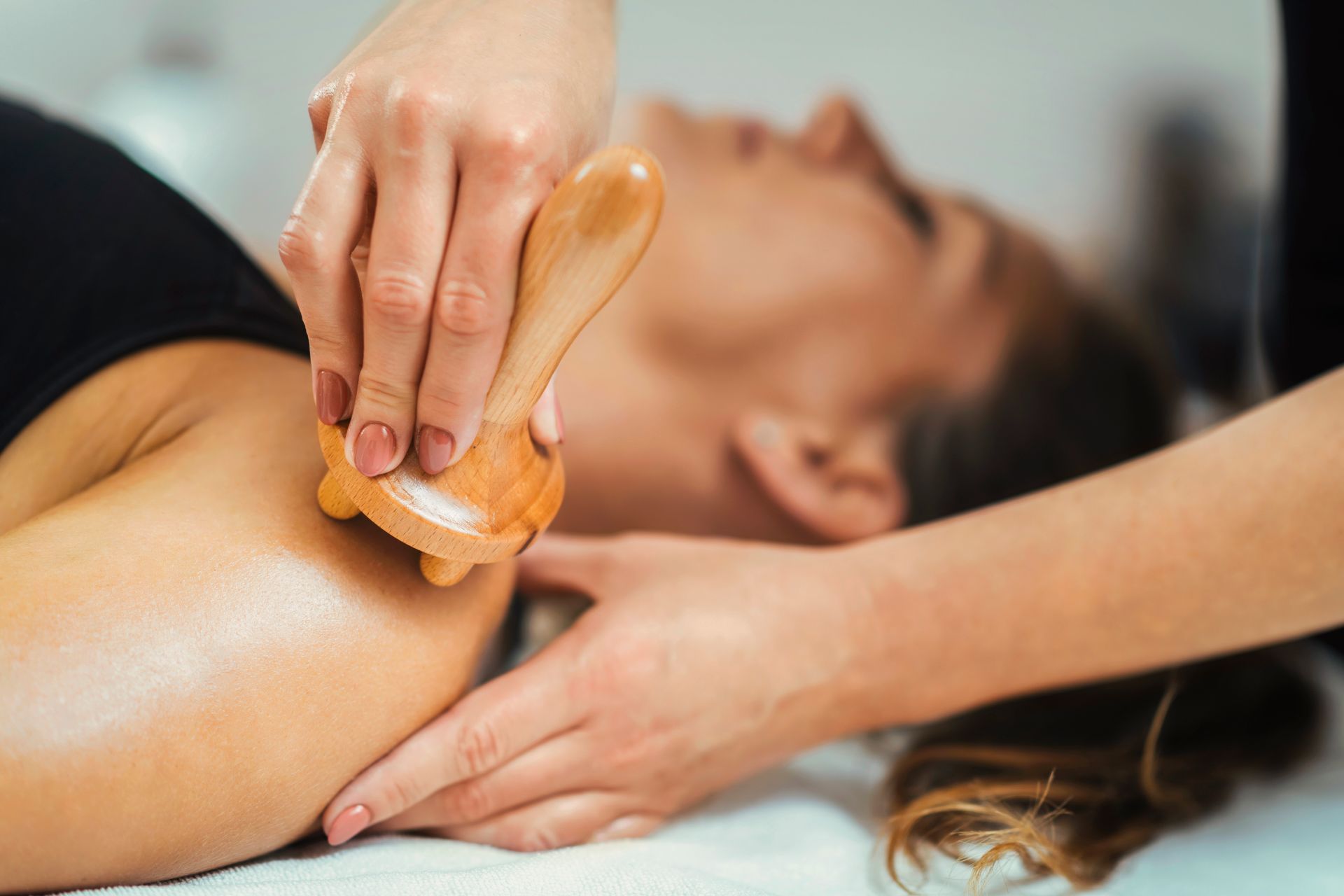
Manual Lymphatic Drainage Massage
- Known as manual lymphatic drainage, this treatment consists of a gentle form of massage used to relieve painful swelling in your arms, legs, abdomen and/or other parts of the body caused by lymphedema. Lymphedema happens when your tissues retain fluid left behind after your cardiovascular system sends blood to your tissues and organs.
- The remaining fluid is called lymph. Normally, your lymphatic system collects your lymph and returns it to your heart via a network of lymph vessels and lymph nodes. When something disrupts your lymphatic system's process, lymph collects in your arm, legs, abdomen and other parts of your body, making them swell.
- A massage therapist uses lymphatic drainage massage techniques to move lymph from your tissues to your lymph nodes, which eases the swelling in your tissues.
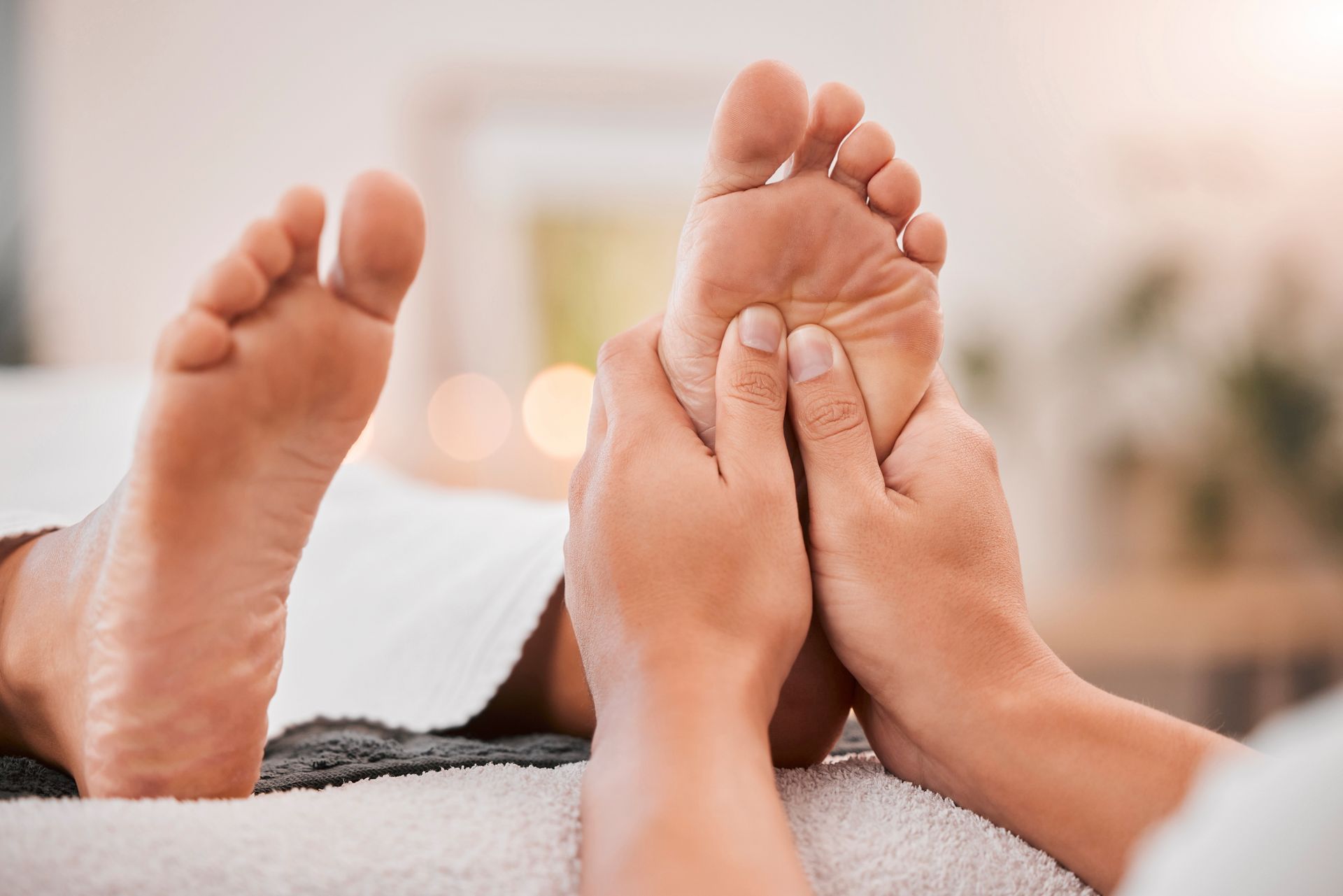
Reflexology
Well, I’ve long been a believer in the benefits of reflexology to the body and especially the lymphatic system.
- Reflexology Lymph Drainage (RLD) is a reflexology technique which focuses on stimulating the lymphatic reflexes on the feet. The aim is to cause an effect on the lymphatic system in the body. It is a unique sequence that has been researched and developed by Sally Kay BSc (Hons), while working in Cancer Care.
- One of the most well-known and verified benefits of reflexology is an improvement in circulation throughout the body, which means that fluids like blood and lymph, in addition oxygen are being cycled through the body more effectively, thereby optimizing their functioning and further increasing the metabolism. This also results in faster healing and re-growth of damaged cells.
- You should inquire with your reflexologist how she can help you with your lymphatic system.














